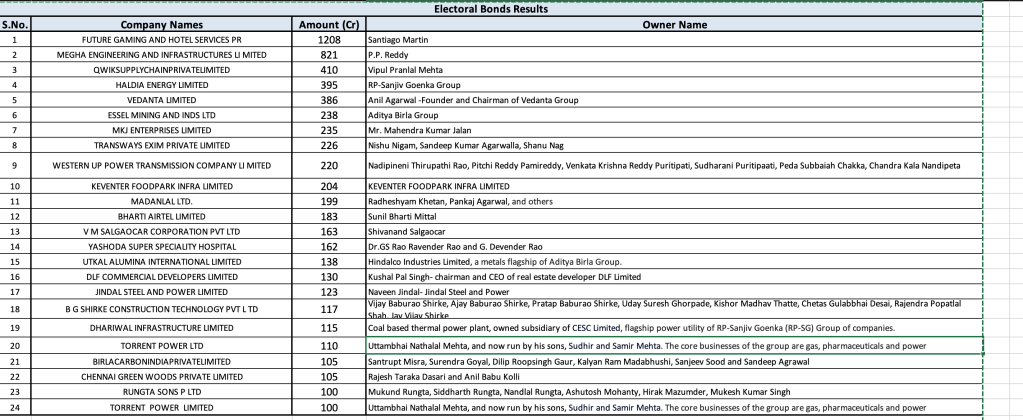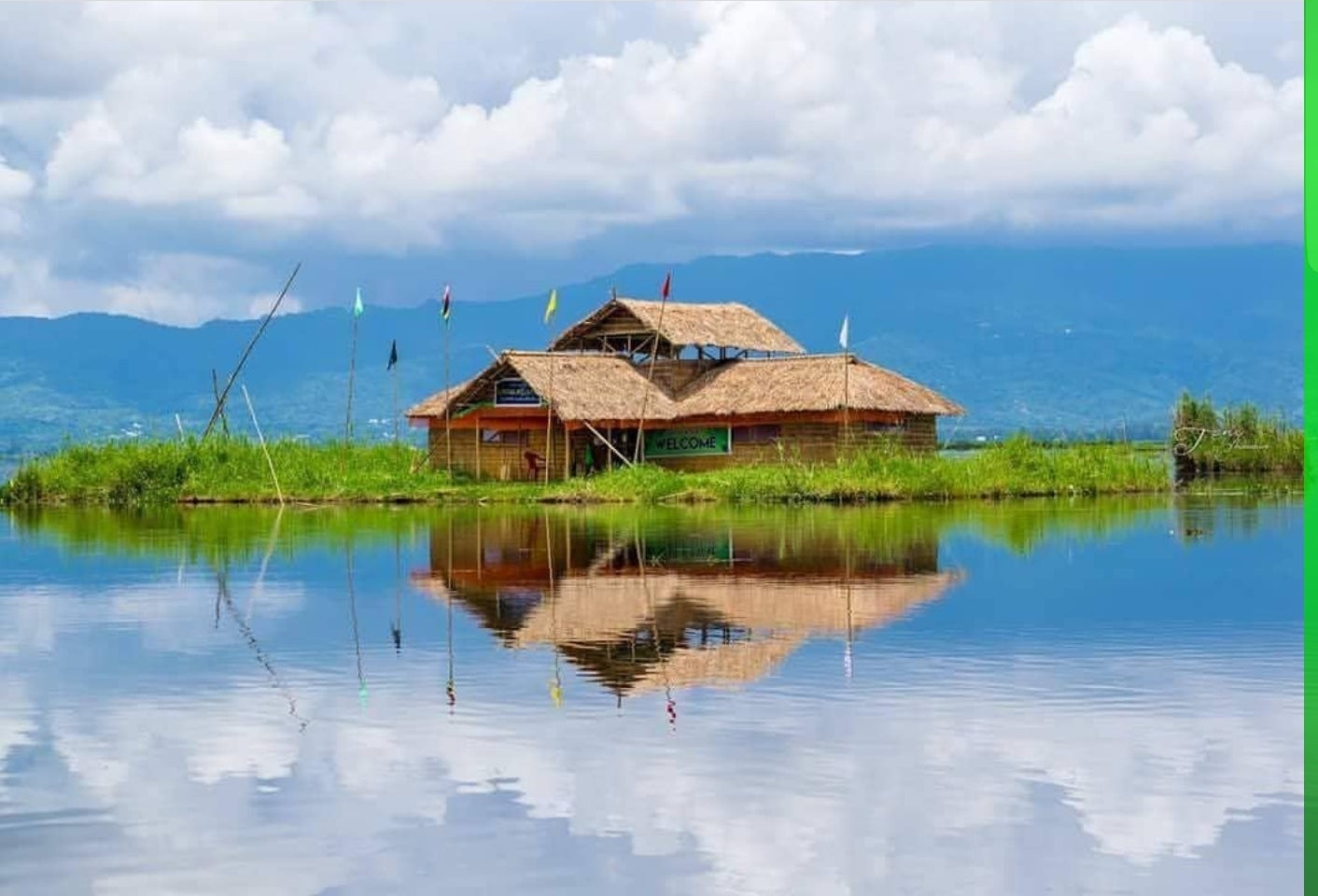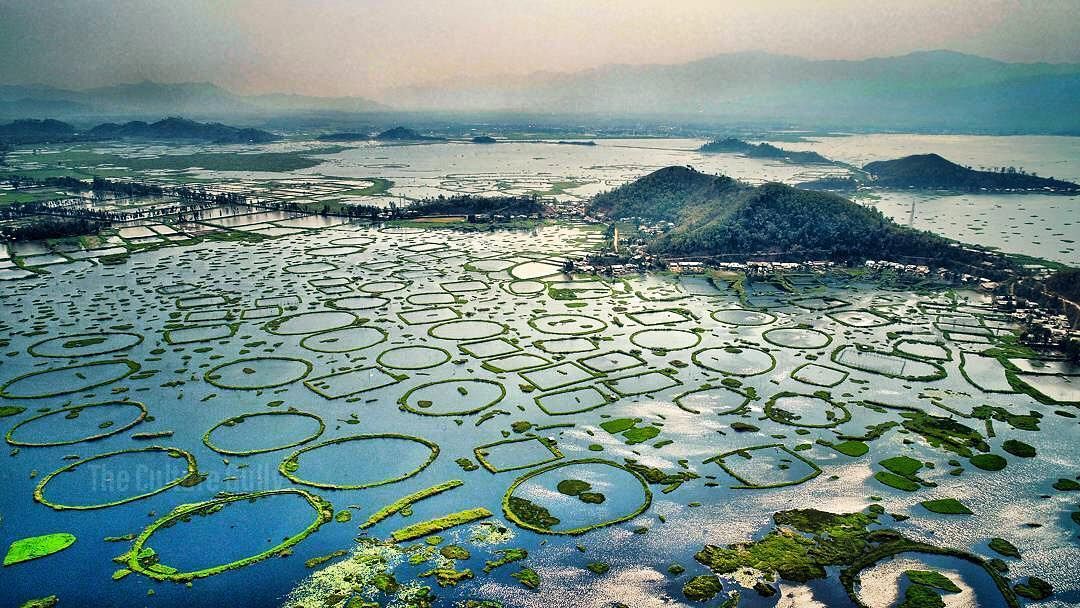Khardung La is located in the Ladakh region of the Indian state of Jammu and Kashmir. This pass is the gateway to the Shyok and Nubra valleys.
Season for Traveling to Khardungla Pass – Ladakh
The best time to visit Khardung La is between May and October. This is the time when the pass is open.
Camping and Homestays in Khardungla Pass
There are no accommodation options in Khardung La unless you bring your own tent and set up camp by the roadside. Leh, which is the closest big town, offers many options
Spangmik village gives a taste of a detached world and a nomadic life
How to reach Khardungla Pass:
Travel by Air : Leh is well connected with other important places in India. Regular flights link Leh with Delhi, Jammu and Srinagar..
Travel by Train: Kalka is the nearest railway station to Leh. Buses or taxis can be hired to reach Manali via Shimla. There are regular taxis and bus services from Manali to Leh.
Travel by Road : Khardung La is situated at about 39 km from Leh. The first 24 km, as far as the South Pullu check point, are paved. From there to the North Pullu check point about 15 km beyond the pass the roadway is primarily loose rock, dirt, and occasional rivulets of snow melt. From Leh, a daily bus service to Nubra Valley passes over Khardung. The ideal method to get to Khardung-la is by taxi or bike..
Things to Do:
1. Dukhang– Located in the area of Leh district, Dukhang is a beautiful place of tourism which was built in the late 11th century by Kal-dan Shes-rab of Tibetan descendents. The image of Vairocana (the Buddha resplendent) is the main attraction of Dukhang and the idol is bounded by four main Buddha manifestations. It is a perfect destination to spend holidays and attracts a large number of tourists.
2 . Shanti Stupa – Shanti Stupa is a lovely attraction for tourists which is referred to a peace pillar and was founded by a Peace Sect’ of Japanese Buddhists. It is situated above Changspa in Leh and is very popular for its gilt panels which reveal the life stories of Buddha.
3. Chang La – Chang La is a beautiful tourist destination and is the third highest motorable road in the world. The name of this place has been derived from Saint Changla Baba and is 125 Kms from the Pangong Lake. This place is a high mountain pass which is located in Ladakh district and is on the route to Pangong Lake from Leh.
4. Pangong – Pangong Tso Lake remains frozen during winters, nevertheless still being a major point of tourist interest then. The lake is one of the most picturesque lakes in the country, and is untouched by commercialism, thus proving to be a very serene and scenic spot.
5. Tso Moriri Lake – Moriri Tso lake is twin to the Pangong Tso Lake. Located inside the Changtang wildlife sanctuary, this lake offers a scenic place of peace and tranquility. The water body measures about 28 km in length from north to south and about 100 feet average in depth.
Facts about Khardungla Pass – Highest motorable pass in the World
Altitude-sickness medication like acetazolamide may be necessary for some travellers as there are no emergency medical facilities to treat altitude sickness along the route . It contains saline water, it completely freezes in winters. It is among the highest brackish water lakes in the world.
Note:
First, The permit will be easily available at the Dc’s office in Leh by submitting an application. It is preferred to carry 5-6 copies of the permit as it has to be submitted at various check points. Permits are valid upto 5-6 days.
Second , If you are travelling from Manali to Leh you can drive on Himachal Bikes number plates. Once you enter the Jammu & Kashmir border you have to drive jammu number plates vehicles . Please Travellers make sure of that otherwise you can face problem.
Third, It is advised to carry more and sufficient warm clothes to withstand the cold weather.
Fourth, Please consult doctor before making Trip to Leh Ladakh due to high altitude sickness.
For More you can follow us on Instagram – @inside_india_tour
Thank you so much!







































